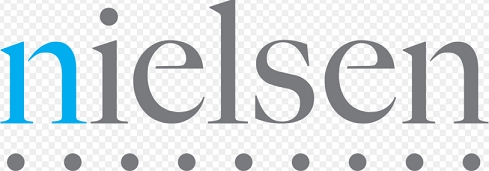
 83% of respondents indicated the highest level of optimism globally on job prospects, up by three index points from last quarter.
83% of respondents indicated the highest level of optimism globally on job prospects, up by three index points from last quarter.
Indians most optimistic when it comes to perceptions of whether it’s a good or bad time to buy the things they want and need over the one year.
The Consumer Confidence Index score for India increased three index points in the first quarter of 2016 to a score of 134, which is the highest for the country since 2007 and comes after three consecutive quarters at 131. India is followed by Philippines (119) and Indonesia (117).
It was a mixed bag among the world’s largest economies – while the score jumped 10 points to 110 in the US, China (105), Germany and UK (97) and Japan (73) showed quarter-on-quarter decline. Overall, global consumer confidence remained stable in the first quarter and below the optimism baseline score of 100, edging up one index point to 98. The score reflected mixed confidence levels in every region.
The Nielsen Consumer Confidence Index measures perceptions of local job prospects, personal finances and immediate spending intentions among more than 30,000 respondents with Internet access in 63 countries throughout Asia-Pacific, Europe, Latin America, the Middle East/Africa and North America. Consumer confidence levels above and below a baseline of 100 indicate degrees of optimism and pessimism, respectively.
JOB PROSPECTS, PERSONAL FINANCES AND CONCERNS
All three confidence indicators increased from the previous quarter in India with job sentiment, personal finances and immediate spending intentions at consistently high levels.
In the latest online survey, fielded March 1–23, 2016, 83% of urban Indian respondents indicated the highest level of optimism globally on job prospects – up by three index points since Q4 2015. Similarly, there was optimism abound when it came to the state of personal finances with 85% respondents stating the situation to be good or excellent (82% in Q4 2015).
“In India, the Union Budget presented by the Finance Minister at the end of February revealed the government’s commitment to fiscal consolidation as well as paving the way for sustained and inclusive growth,” said Roosevelt D’Souza, managing director, Nielsen India Region. “In the days following the announcement, an improvement in various macroeconomic indicators was evident, and the government seems to be on its way to achieving its objectives of low inflation, low interest rates and high GDP growth—a scenario optimal for improved consumer spending.”
STRONG RECESSIONARY SENTIMENT
Even as overall consumer sentiment has improved, more than half of urban India (53%) still feel that the country is in an economic recession at the moment. This is 3% more than what it was in the previous quarter. However, 66% of respondents feel that the country will be out of an economic recession in the next twelve months.
The recessionary sentiment is evident from the fact that ‘job security’ and ‘economy’ continues to be the top two concerns for Indians. While ‘global warming’ comes in at number three, ‘health’ has crept up one spot to number four.
DISCRETIONARY SPENDING & SAVINGS
With 66%, India continues to lead the charts when it comes to perceptions of whether it’s a good or bad time to buy the things they want and need over the next 12 months.
Saving for a rainy day continues to be the top choice when it comes to utilizing spare cash after covering essential living expenses, with no change in the number of respondents who said they will put spare cash into savings (63%). This is followed by holidays/vacations (47%) and buying new clothes (46%) – more or less similar to the previous quarter.
